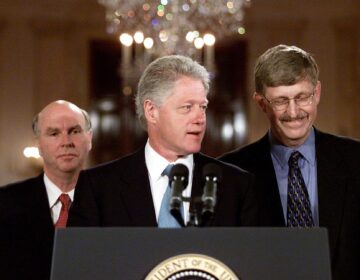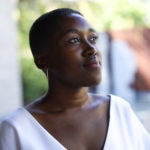For African Americans, DNA tests offer some answers beyond the ‘wall of slavery’
For decades, slavery created challenges for Black Americans trying to trace their roots. DNA ancestry tests might reveal new answers.
Listen 13:41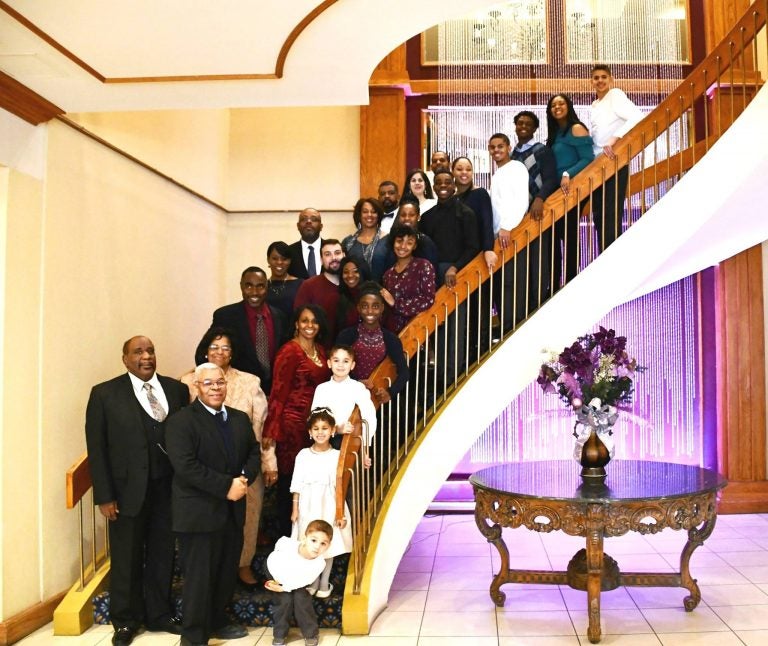
Amari Gilmore (second from the right) and her extended family. (Photo courtesy of Amari Gilmore)
This story is from The Pulse, a weekly health and science podcast.
Subscribe on Apple Podcasts, Spotify or wherever you get your podcasts.
At West Chester University near Philadelphia, students can participate in a class called the DNA Discussion Project. It’s designed to get students to talk about their family histories, and they’re invited to take DNA tests to see how genetics fit into that family story.
“Everybody talks about their ancestry, everybody talks about their family tree,” said Anita Foeman, a professor of communications who founded the project and the co-author of Who Am I: Identity in the Age of Consumer DNA Testing.
In 2011, Foeman’s co-investigator, Bessie Lawton, joined the project. They say African American students face a unique set of challenges in doing this work.
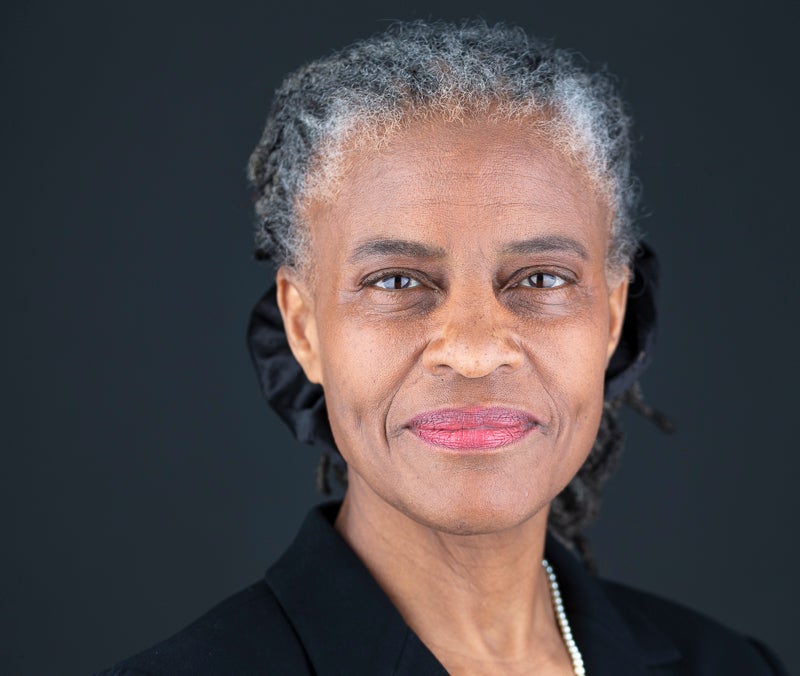
During slavery, Black families were constantly being separated, with many enslaved children being raised away from their biological parents. So informal adoptions during and after slavery were very common among African Americans. And the U.S. census — the most widely used record in genealogy research — did not record all African Americans by name until 1870, the first census after the Civil War. (Free Black people were included by name in the 1850 census, but enslaved Black people were not.)
In other words, paper records have their limits.
Foeman said African American students typically hit what she calls “the wall of slavery” and are looking to extend their understanding of their families beyond the United States when they join the DNA Discussion Project.
Amari Gilmore participated in the project when she was a sophomore at West Chester. Prior to taking the DNA test, she grew up with stories about the people in her family who came before her.
“So on my mother’s side, they have a lot more pictures of relatives,” Gilmore said. “And there is this claim that we are part Native American and that there were several ancestors of mine that had that long, straight black hair … [I was] definitely also told that I was a descendant of slaves.”
For many African Americans, the American South is a place to begin inquiring into family histories and origins.
Gilmore says her great-aunt Christine — who recently passed her 100th birthday — has shared a number of stories about their ancestors, including the fact that they come from a long line of farmers in West Virginia.
“She really dug deep into what our ancestors did,” Gilmore said. “They had accumulated small pockets of wealth here and there, and … a lot of my family, they are educators, but that’s been a passed-down trait, if you will, from even as far back as in slave times.”
Gilmore, who’s an eighth-grade English teacher now, said it was powerful to see how the legacy of education in her family followed her to the present day. And when the opportunity to join the DNA Discussion Project arose, she jumped at the chance because she still wanted to expand on those family histories and get more specific answers about where in Africa her ancestors might have come from. But when Gilmore got her DNA test back, the results surprised her.
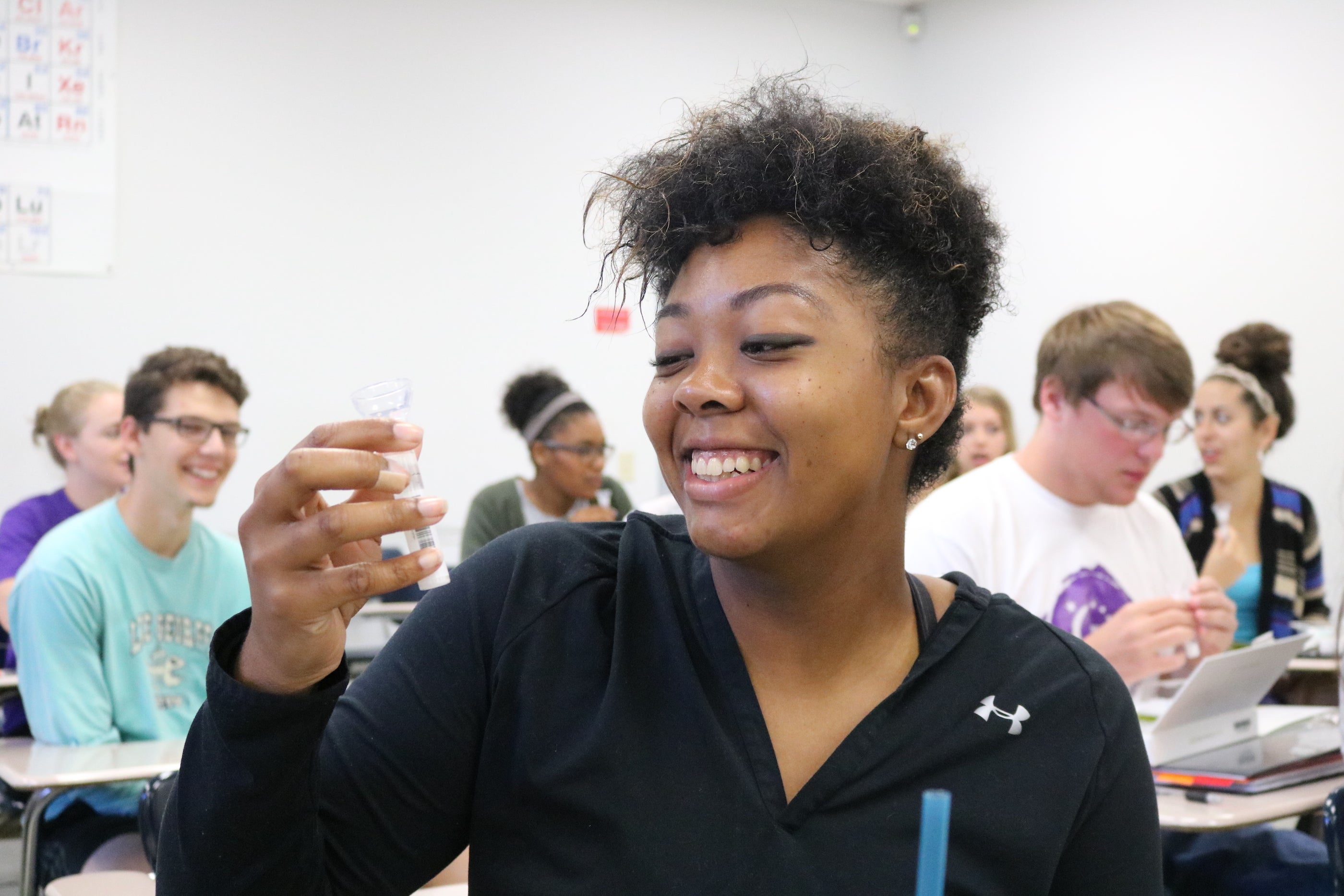
“So it told me I was 80% African, 20% European, not at all Native American,” she said. “I was kind of shocked to see such a high percentage of European ancestry, and was kind of shocked, but not really, that there was no Native American in me at all.”
When narratives clash with DNA
Foeman said that in her studies, it’s common for African Americans to overestimate Native American ancestry.
“The relationship between Black [people] and white [people] is really fraught, and so telling a story of Native Americans … explained why African Americans look so different, when people talk about light skin, dark skin, hair, etc.,” Foeman said. “And so rather than to attach it to European ancestry, it was attached to Native American ancestry, which was a much more palatable history.”
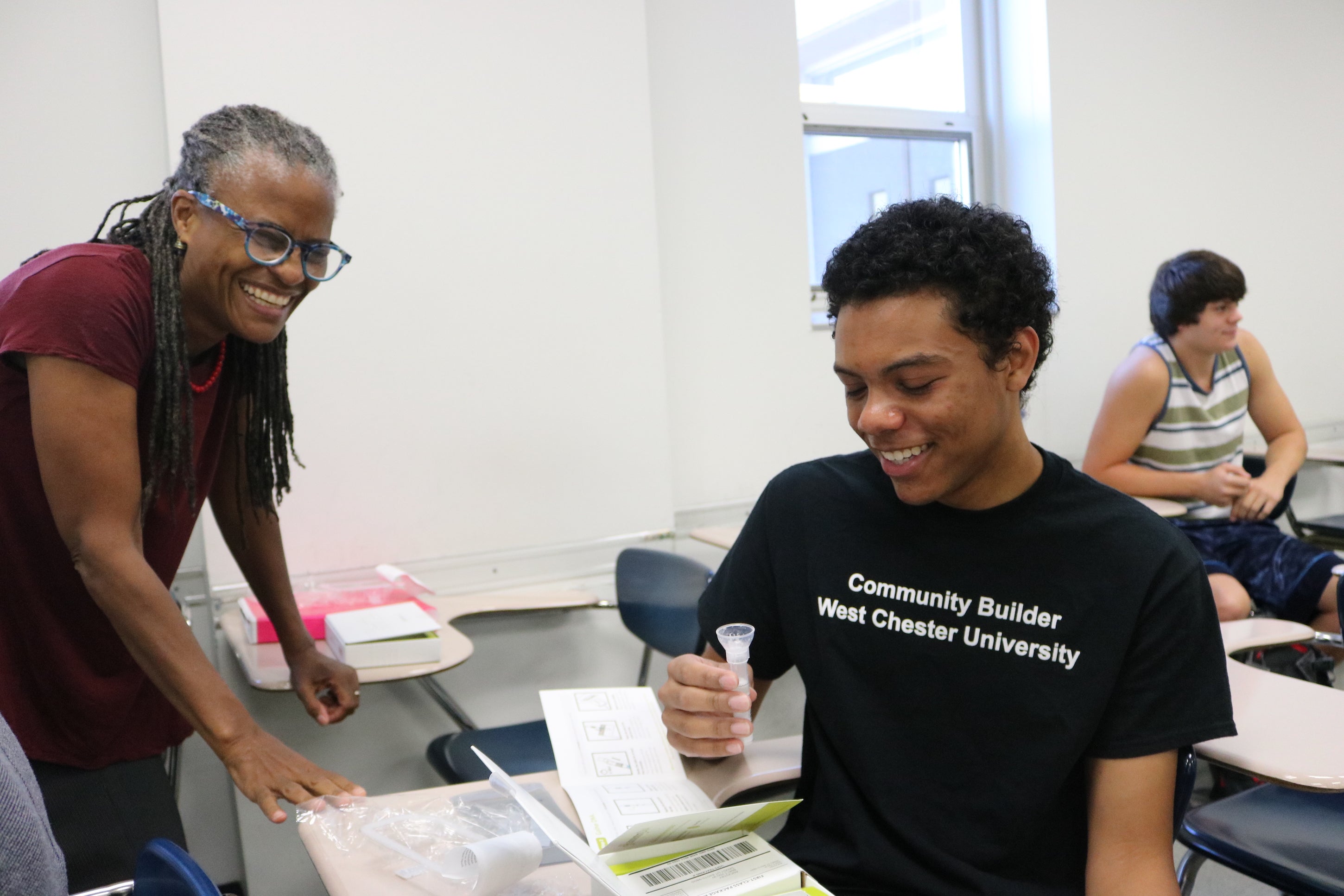
But ultimately, she said, our narratives help us to survive. According to Foeman, the story of Native American ancestry allowed some Black students to mitigate painful memories of slavery, particularly the sexual violence Black enslaved women endured from their white slave owners.
As Gilmore recalled the moment when she saw her European ancestry results for the first time, she said she could feel that same sadness wash over her again.
“I don’t personally know anyone in my family who was actually married or in a relationship with someone else [of European ancestry],” Gilmore said. “But you can put the pieces together of how I ended up with so much European ancestry and thinking through the traumatic events that some of the women in my family must have experienced.”
Lawton said that when she started this work in 2011, she had assumed that the hard science of DNA tests would sway how students identified — even, or especially, if they didn’t agree with family lore or racial and ethnic identities.
But for many Black students, DNA tests were not the end-all be-all.
“Identity is fluid, and people use a lot of different things or data points to negotiate their own identity internally and externally,” Lawton said. “That includes family narratives, their lived experience, what others ascribe to you, and their DNA profile. And a lot of this identification is formed through interaction with others.”
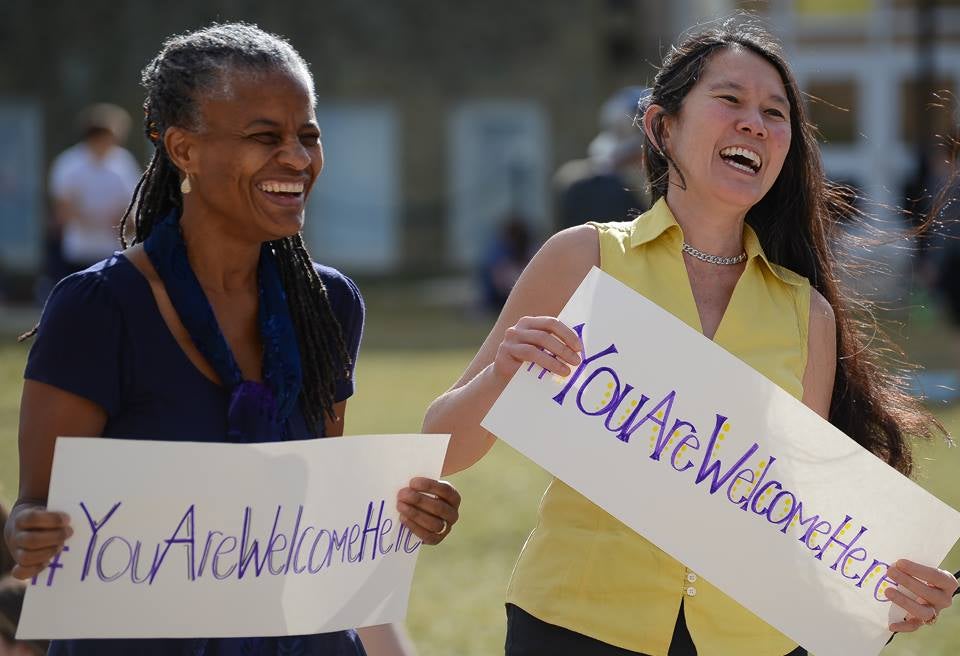
That was certainly true for Gilmore. She said there was a brief moment of pause when she asked herself if the European ancestry affected her identity as a Black person in any way.
“And then I was like, ‘No, I’m still a Black person,’” she said.
Subscribe to The Pulse
The harder question: Where did your ancestors come from?
Gilmore had also hoped to get some answers from the test in terms of geography — where in Africa her ancestors came from. Her test results pointed to Ghana and the Ivory Coast as the top two countries within her African ancestry percentage. Both are on the coast of the continent where many Africans were kidnapped and put onto ships to the Americas.
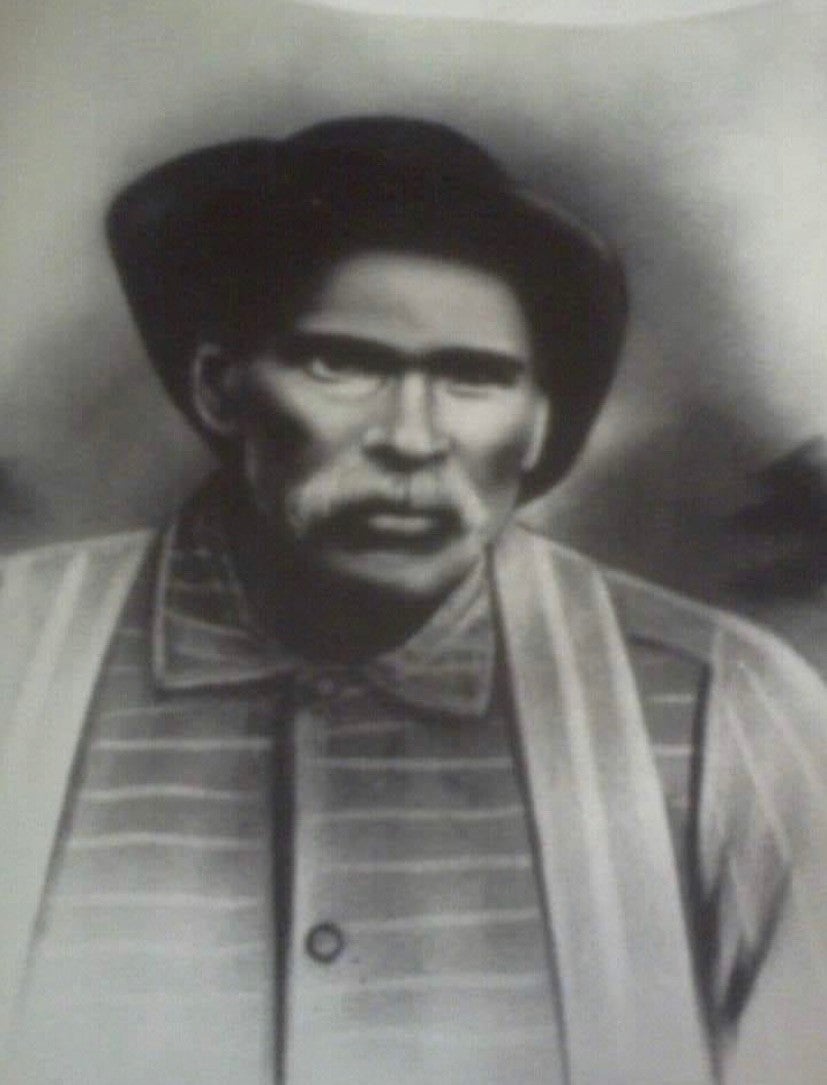
But that gets to one of the major limitations of DNA tests: We want them to tell us who we are and where we are from, but the “where” can be especially tricky. To understand why, you have to look at how the tests work.
Gina Paige is the co-founder of African Ancestry.com, a genetic ancestry tracing company that was started with the express purpose of helping people of African descent answer questions about their roots.
Paige said we all have DNA in every cell of our bodies, and 99.9% of every human’s DNA is the same.
“In that 0.1% of our DNA is where our differences lie,” Paige said. “Our hair texture, our skin color, our height, our weight, our personality … Ancestry can be found in those differences.”
Paige said there are single-letter changes in that 0.1% of our DNA called single nucleotide polymorphisms, or SNPs for short. They are passed down from generation to generation, which means geneticists can compare your SNPs to those of people with known ancestries, collected in a database, to see what you have in common.
“If we can query a group of people in Africa, analyze their genetic signatures on the part of the DNA that does not change over time significantly,” Paige said, “then we can say if your DNA looks like this, it’s probably shared with the Fulani people; if your DNA looks like this, it’s probably shared with the Mandinka.”
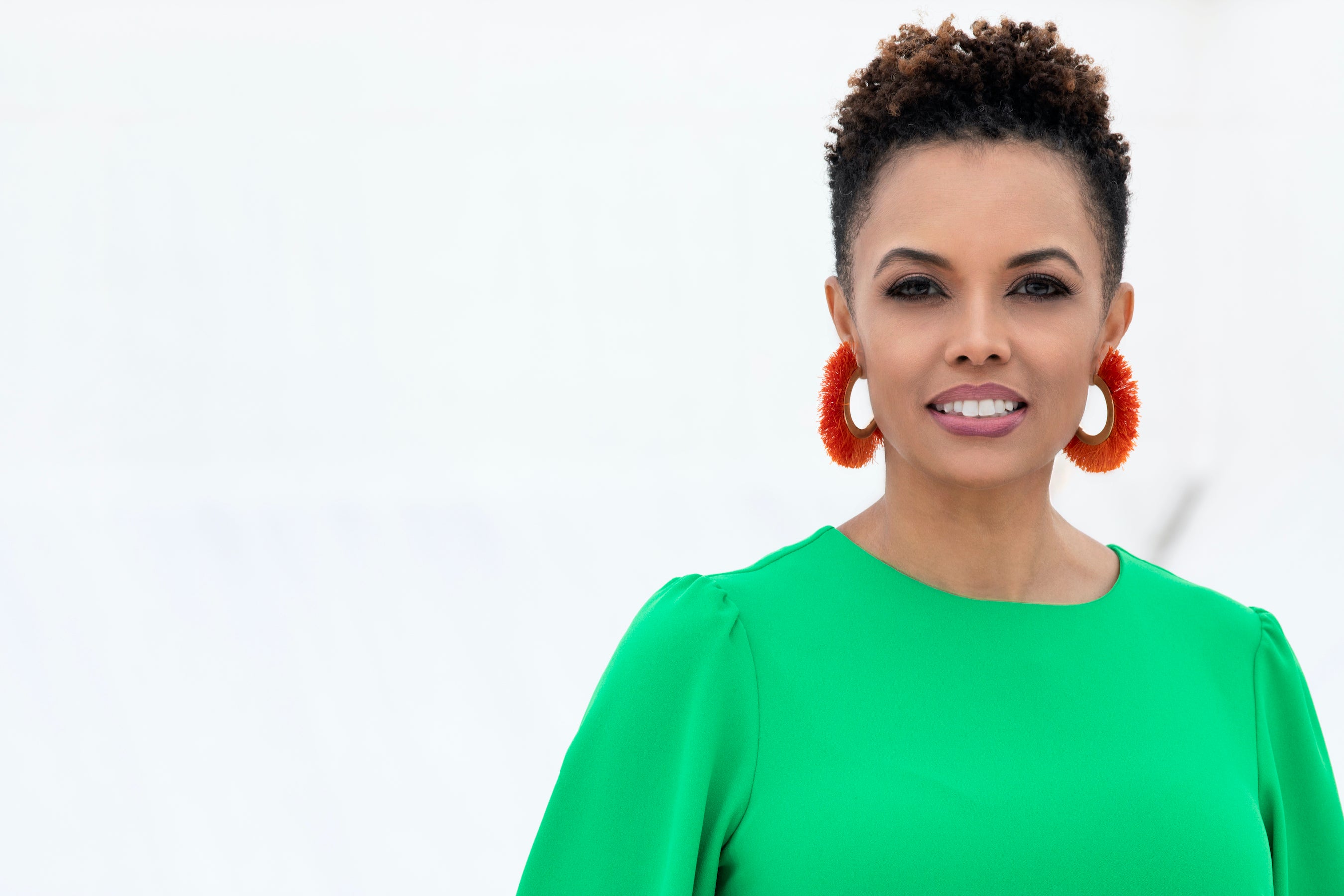
But for Black Americans, the size and diversity of the database really matters. Most of the major DNA companies have databases in which people of European ancestry are overrepresented, and those of other regions are underrepresented. In 2018, 23andMe could only match people to three broad regions in sub-Saharan Africa — which means, if you’re Black, you’re not going to get very specific results.
For example, imagine you share genetic ancestry with people from a small town in Ghana. If the testing companies have a bunch of people from that small town, they can match you against them really effectively. But if they don’t have people from that specific small town, they might just determine you’re broadly West African.
The big DNA companies are trying to diversify those databases. 23andMe now has a program called the Global Genetics Project, in which they invite people from under-sampled regions of the world to donate their saliva in exchange for free test results. Paige said African Ancestry.com is ahead of the game in that case, because it has the largest database of African samples in the world.
Most of the major DNA companies look at your entire genetic family tree through a process called admixture testing. These tests use the 22 pairs of non-sex chromosomes in every cell which are inherited from someone’s mother and father and contain mixed segments of DNA from all of a person’s ancestors. According to an article in the MIT Technology Review, “admixture testing can determine which of the major bio-geographical population groups a person belongs to – sub-Saharan African, European, East Asian, or Native American.”
But African Ancestry looks at the mitochondrial DNA mothers pass to all their children, or the Y chromosome fathers only pass on to their male children and trace it back to a present-day African country or ethnic group. This is called lineage tracing and small changes happen as this DNA is passed from mothers to children and fathers to sons create genetic markers scientists can use to identify shared ancestry.
“That means that our answer that we give you for that question of, ‘Where were my people before the transatlantic slave trade?’ and, ‘Who were my people? How did they live? What were their cultures, cultural practices, their traditions, their values, their beliefs?’” Paige said. “You can get that answer when you know the tribe or the ethnic group.”
The limits of DNA testing
But there are limits to what DNA tests can tell us — the vast majority of genetic reference groups are based on people who self-report their ancestry. So while someone might be sure that they are a specific ethnicity or that their family came from a specific place, that knowledge is often incomplete, and therefore not an accurate measure of ancestry. That gets to the bigger question of what these tests are really looking for. Ethnicity is a sociocultural factor — it’s fluid, and it changes over time. It’s not purely biological.
Most people have multiple ethnic and ancestral backgrounds, which means DNA tests most likely won’t be able to capture the whole breadth of their stories.
And companies don’t just match you to one geographical area or region in the world; they assign you very specific percentages.
“They send the codes for your maternal ancestry or your paternal ancestry to our analysis team, which is made up of geneticists, and the analysis team then does the comparison of your DNA to DNA around the world to determine the ancestry,” Paige said.
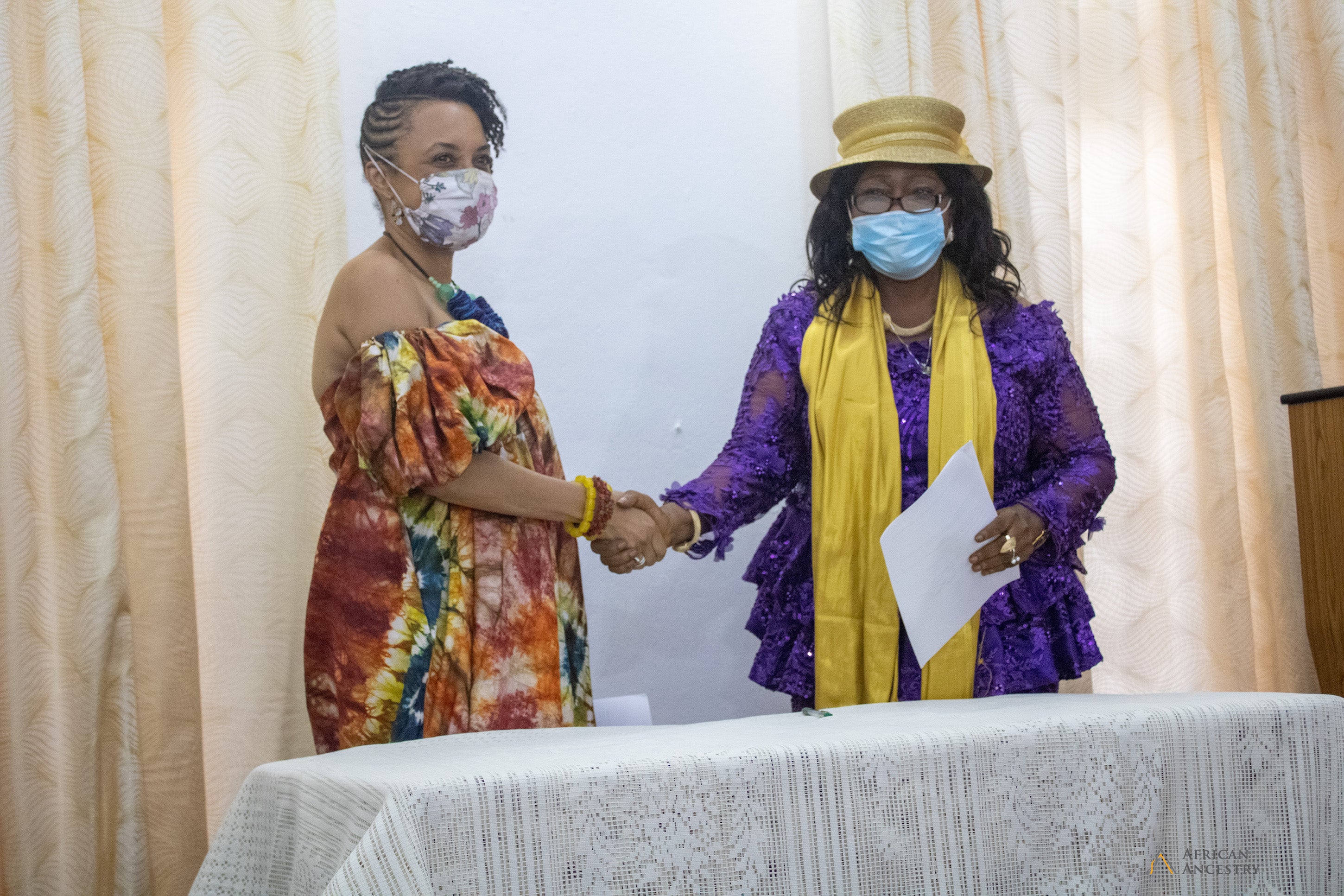
So a DNA test might reveal that you have 80% African ancestry and 20% European ancestry — that just means a geneticist ran your DNA through an algorithm with the reference DNA in different combinations to get a similar variation of SNPs that you have. The computer doesn’t give you a perfect match, just its best guess.
And Paige agrees: DNA can hold a lot of valuable clues, but it can’t tell the full story. That’s especially true for Black Americans. Paige says there are just some things slavery took that are not salvageable.
“Psychologists have shown that knowing where you’re from is a critical component of knowing who you are,” she said. “We don’t know our original names, we don’t know our original languages, we don’t even know who many of our family members really are because of the disconnection, the intentional, masterful disconnection of people that slavery required.”
The tests can’t tell you your ancestors’ names, what they liked to wear, that song they used to sing. But even without those details, your DNA carries a resilient record of all that you came from — and Paige says no one can take that away.
“Even though we don’t know the names and even though we don’t know the languages, and even though we don’t know our family tree and we’ll never know those, we have the actual DNA from somebody who made it through that entire horrific history of capture, being packed on a slave ship, plantation living, no humanity, can’t get married, you can’t keep your children, you’re not allowed to read and write, segregation, Jim Crow, you name it,” Paige said. “Somebody’s DNA made it through all of that for us to be here.”
Support for WHYY’s coverage on health equity issues comes from the Commonwealth Fund.
WHYY is your source for fact-based, in-depth journalism and information. As a nonprofit organization, we rely on financial support from readers like you. Please give today.




